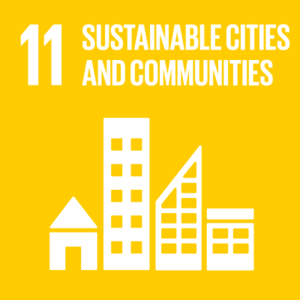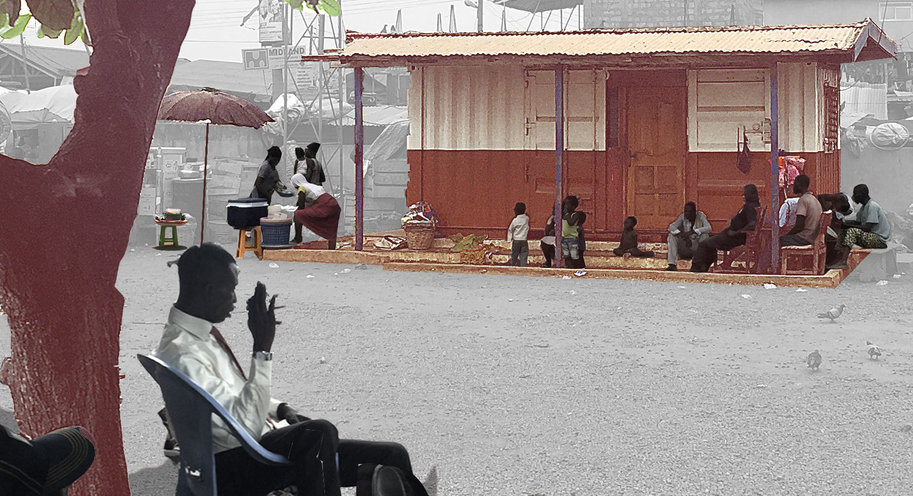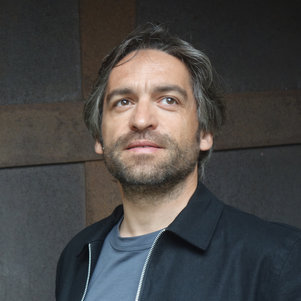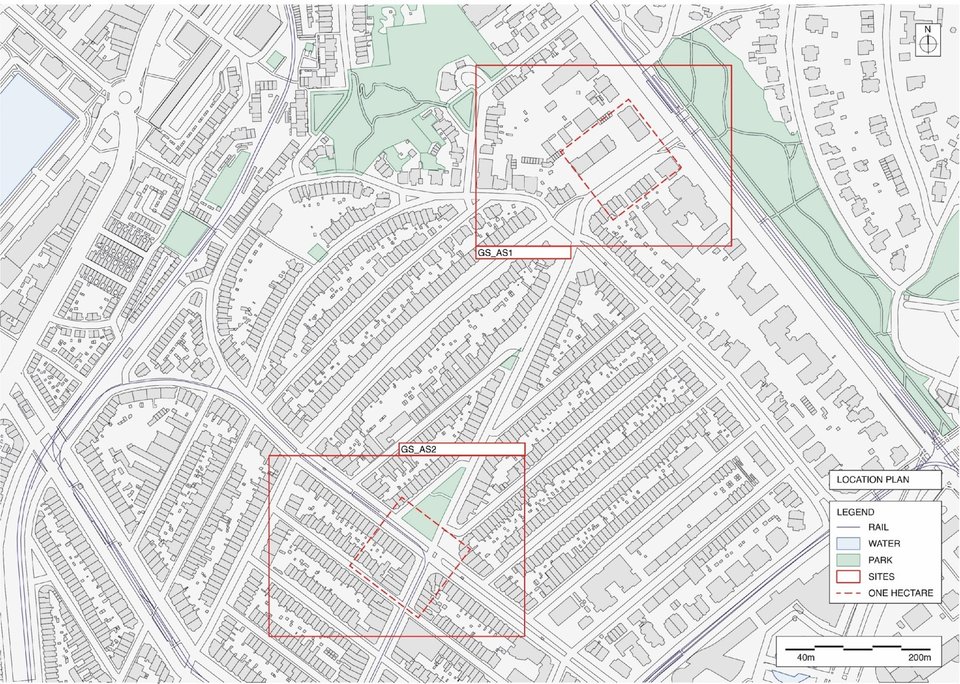“Fast, cheap or good. Pick two.” Over the past decades, developing countries’ governments preferred the fast-and-cheap formula for affordable housing — closing the door to the inhabitants’ needs and opening it to urban rot. To reverse this trend, Assistant Professor Nelson Mota and PhD candidate Brook Teklehaimanot survey habits and dwellings to co-design spaces with people. Showing that “Yes, we can!” build beautiful and affordable cities.
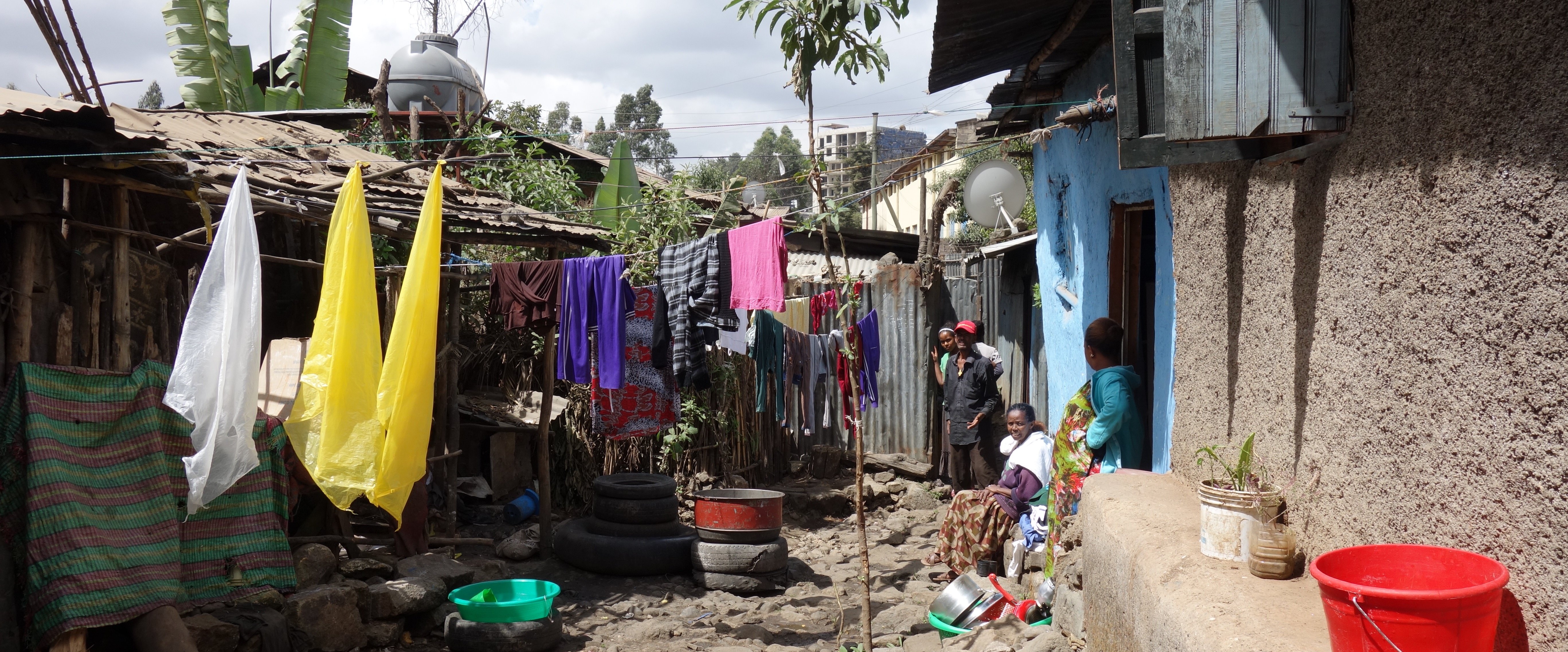
“Rome was not built in a day,” recites the old French proverb. In terms of affordable housing, countries like Ethiopia, Ghana and India seem to disagree. What in the decisionmakers’ eye of these countries appeared as optimal solutions for an immense housing shortage, ended up backfiring and widening the social gap with the inhabitants. “The current policies of affordable housing prefer quantity over quality,” says Mota. “Our cooperation between TU Delft and institutions like EiABC, Addis Ababa’s college of Architecture, aims to co-design a booklet — filled with visual representations of people's everyday life — to assist policymakers, designers and educators in developing housing projects and policies that put people first.”
Zooming in the anthill
Policymakers love to start planning and drawing lines from maps and satellite images. With time, few did realise that something behind those grey blocks and empty spaces was pulsing. “Decisionmakers tend to lack a human-centred perspective,” says Mota. “Understanding what happens beyond the surface and the micro-processes of everyday life is the key to build more long-lasting solutions.” Atlas of Patterns of Inhabitation works like a magnifying glass — turning people day-to-day activities and the way they turn spaces fruitful to their needs into useful data for decisionmakers.
Decisionmakers tend to lack a human-centred perspective
Nelson Mota
“People cooking, meeting to collect water or selling their products in the streets, are all patterns of people and spaces interacting with each other. Every year, we ask the students of the Global Housing graduation studio to map these patterns and use the Atlas to develop projects adjusted to people’s preferences and for different uses over time.”

The ABC of beautiful neighbourhoods
“The Atlas aims to implement a common set of symbols and values among people and decision-makers,” says Haileselassie. “Policymakers, Educators, Students and Designers will be able to use the Atlas to take a cue to optimise urban interventions.” Cooperation with local universities is crucial to understand cultures and customs. The Atlas translates activities that can be seen as banal and ordinary into assets for architects to design flexible spaces and promote more eco-friendly building techniques with re-used local materials. “Spending time with the locals and turning such experiences into data, has been the beating heart of the Atlas. Its output shows that methods borrowed from social sciences can help architects give a hand to policymakers to deal with conflict of interests concerning political, ethnical and religious beliefs.”
A right for a house to fight urban decay
The Atlas opens a new door in cities like Addis Ababa. A problem co-resolved with the citizens is golden for the city, as it strengthens trust. “Our society should claim for something more than a concrete block,” says Mota. “The more people can co-design spaces, the more they will nurture them. The buildings will morph from inanimate objects to a living part of the citizens which evolves with them through time.”
The Atlas will be implemented in a new web-platform developed by the Global Housing Study Centre: Platform for Affordable Dwelling (PAD) — a tool to help decision-makers access a database of affordable housing solutions from all around the world. The platform, expected to go live by June 2019, is a wake-up call to show that reducing poverty is possible through hand-in-hand work. “In western societies, we tend to romanticise exotic and foreign lands. Global poverty is real and cooperation is critical to tackling it. Through a joint effort, we can show people that dreams are possible.”
Researchers involved: Prof. Dr. Marja Elsinga, Prof. Ir. Dick van Gameren (TU Delft) and Elias Yitbarek (from EiABC, Ethiopia)
Global Research Areas

Brook Teklehaimanot
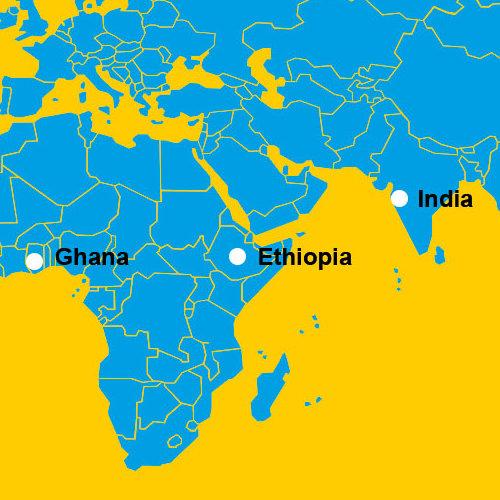

| Partners |
| KRVIA (Mumbai, India) and EiABC (Addis Ababa, Ethiopia) |
